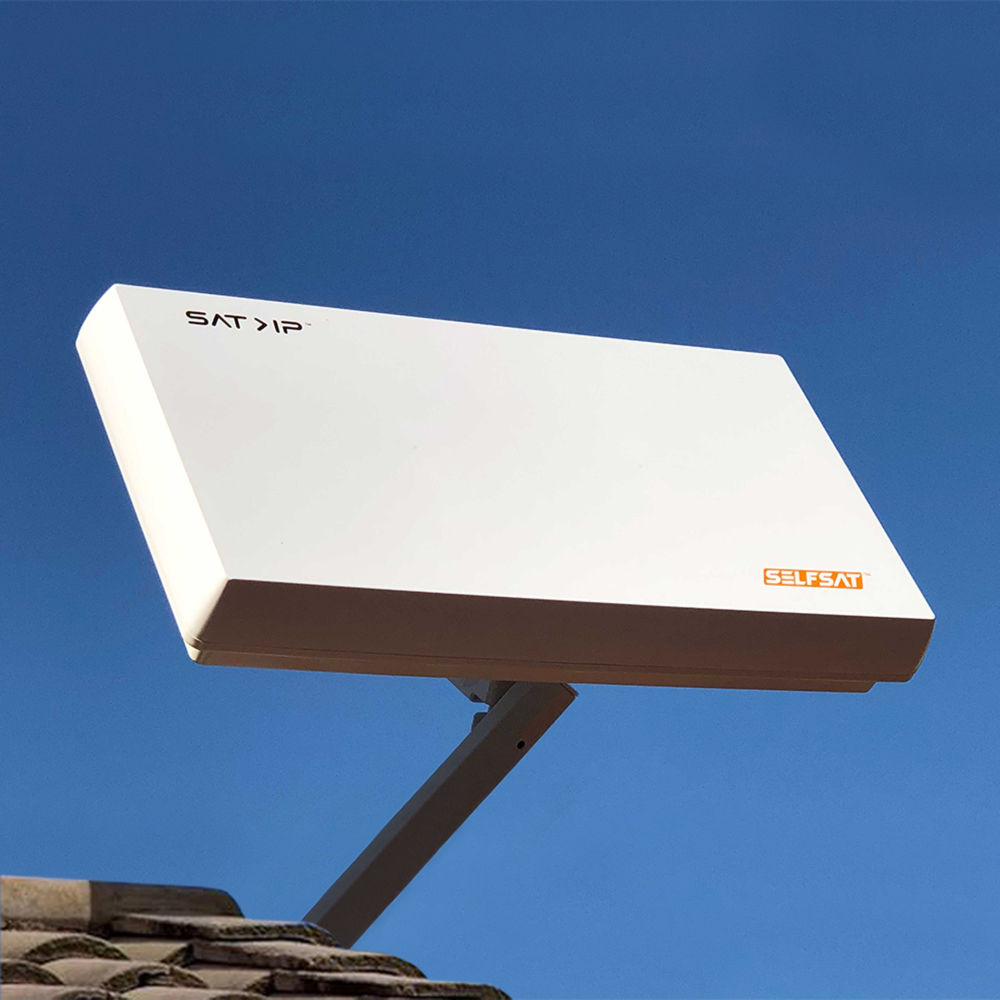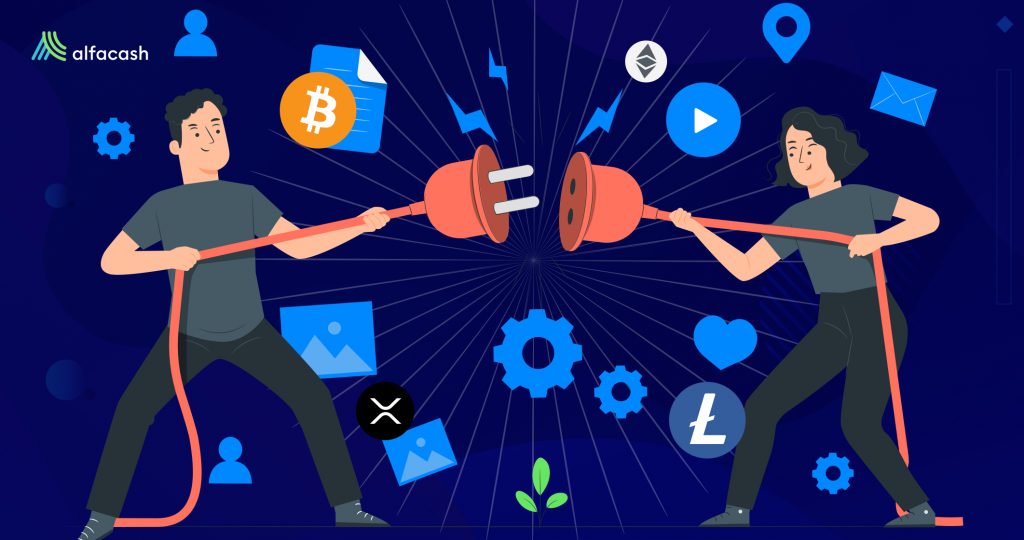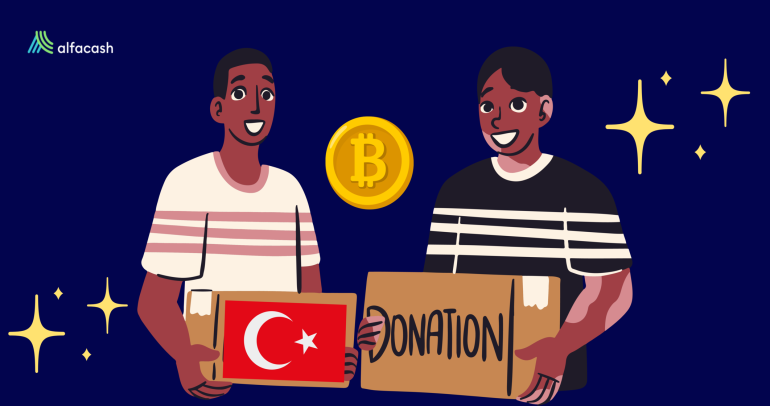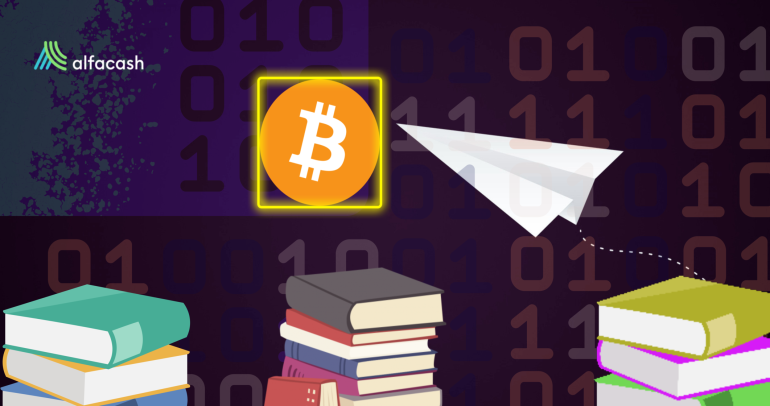As we may know as cryptocurrency users, we need three main things to transfer our coins: electricity, Internet, and a wallet (or node). Well, technically, we can also do it through our mobile devices without electricity, but, at some point, we’ll need to recharge them. So, yes, electricity and Internet, besides the proper software. Is it not possible to use crypto offline, then?
The short answer is yes, but it’s not exactly easy. We would require some extra hardware (radio receivers, satellites, etc.) and/or some extra software with a partial Internet connection, in the best cases. At least, that’s for now. There are a bunch of proposals to build infrastructure for this purpose, but let’s start in the beginning.
Why crypto offline?
Yes, why is it necessary at all? We have Internet, we have energy, so, offline transactions would barely be an extra feature, right? It could be more complicated than that. In the first place, not everyone in the world counts on energy and Internet. In 2021, around 768 million people didn’t have electricity, and over 2.9 billion people had never used the Internet.

Crypto transactions offline could provide a huge opportunity for financial inclusion, especially in difficult areas. More than that, common crypto users wouldn’t need to worry about having a connection at all. It’d be more practical than traditional bank transfers, even. They could send and receive coins (and send some messages too, as we’ll see ahead) without energy or Internet.
In the second place, we need to talk about decentralization a bit. Cryptocurrencies were designed to be censorship-resistant, since, in theory, no one can control them. That’s just the ideal, though. In reality, cryptocurrencies work on Internet, and, sadly, the Internet isn’t censorship-resistant at all. This way, for example, a government couldn’t block Bitcoin transactions directly, but they could block crypto exchanges or national Internet Service Providers (ISPs —companies that provide connectivity). They can cut off the power too.
That’s why we still need to develop more independent infrastructure to carry on crypto transactions offline; without the need for our usual sources of energy and connection. A higher decentralization and security would be reached.
Offline proposals
We can find some proposals on paper that might be interesting but still require a temporary Internet connection. One of them is “Pure Wallet”, a software that uses new tokens for offline exchange. The idea is to use an Internet connection briefly to transform cryptocurrencies into tokens that could be handled offline by the parties.

Once transformed, the parties could send and receive these tokens through Near Field Communication (NFC) between electronic devices. Finally, the receiver can redeem the tokens for the selected crypto in presence of the Internet. It’d be like a “delayed” transaction, using IOUs on slimme contracten.
Another proposal for the purpose is “DelegaCoin”. With this system, the crypto owner could delegate their coins to other people via trusted execution environments (TEEs). As the team explained:
“TEEs prevent malicious delegation of the coins (…) the proposed system allows the owner to share their coins without interacting with the blockchain or any trusted third parties. The owner is able to directly delegate specific amounts of coins to others by sending them through a secure channel.”
For their part, Taisei Takahashi and Akira Otsuka voorgesteld a system for offline Bitcoin-betalingen. On it, the parties would use trusted hardware wallets with pre-loaded and verified coins. So, at the moment of transactions, the users won’t need an immediate connection to the blockchain.
Coins via SMS and radio
Previously, several developers worldwide designed different systems to send offline crypto transactions via SMS or radio. In 2014, the Finnish Joel Lehtonen created the platform “Kryptoradio”. This one transmitted blockchain data via radio, which could be picked by a Linux computer connected to a DVB-T receiver. Some energy was required, but no Internet connection was necessary.

A few years ago, sending crypto through SMS was somehow popular too. Brands like Blockchain, Coinapult, or CoinText developed their own methods. Samourai Wallet also developed its own proof-of-concept dubbed “Pony Direct”. With it, the sender would need to enter the phone number “of a known Pony Relay device” and paste a signed transaction hex. The latter would be sent through several SMS —with the standard SMS fee.
These systems weren’t as easy as filling some bars and pressing a button. That’s maybe why they didn’t last much.
Functional projects
Proposals and old projects so far. Is there something that really works here? Well, yes. But nothing without dedicated hardware. We can start by mentioning the company Blockstream, which has four Bitcoin satellites across six coverage zones. As they describe:
“The Blockstream Satellite network broadcasts the Bitcoin blockchain around the world 24/7 for free, protecting against network interruptions and providing areas without reliable internet connections with the opportunity to use Bitcoin.”
According to their coverage map, almost all of the world is covered by these satellites; except for some distant regions in the Sahara, Madagascar, Greenland, the Middle East, and Western Rusland. Most of America, Europe, Africa, Asia, and Oceania can collect blockchain data through these satellites, completely offline. That’s it if the user acquires and set up a small antenna and a USB receiver (at $500 each).

Another functional project for offline crypto transactions comes in partnership with Blockstream, indeed. GoTenna developed what’s called a “Mesh Network”: a group of physical devices (nodes) that can connect to each other independently. This way, they can share messages or crypto transactions via mobile, without the need for Internet.
Along with these devices (at $200 each), GoTenna created the app TxTenna with Blockstream and Samourai Wallet to make offline Bitcoin transactions —between the GoTenna device users. Using this hardware, they promise to “avoid local censorship”, “enhance privacy”, and “improve security”.
Beyond them, the company GK8 developed a cold hardware wallet with a unilateral connection to the blockchain. This implies that the users can “create, sign, and send blockchain transactions without Internet connection”. It was done especially for security purposes since the coins stored offline are safer.
Probably, this will be barely the beginning, anyway. A future of offline crypto transactions is coming.
Wanna trade BTC, ETH, en andere tokens? Je kunt het veilig op Alfacash! We hebben het hierover en over veel andere dingen op onze sociale media.
Twitter * Telegram * Facebook * Instagram * Youtube * Vkontakte








